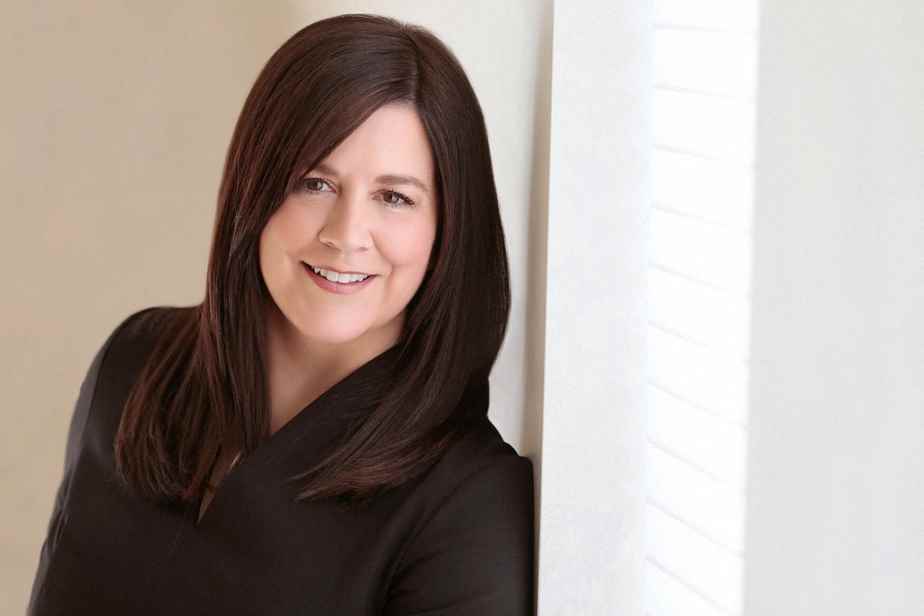(Ottawa) Let it be said once and for all: quality Aboriginal jurists who master English and French do exist, said Justice Minister David Lametti in his testimony before a committee discussing the appointment of Justice Michelle O’Bonsawin, who will become the first Indigenous person to serve on the Supreme Court of Canada.
Posted at 6:16 a.m.
Updated at 11:54 a.m.
And this debate surrounding the access of an Aboriginal person to the highest court in the land could well be closed for years, the Supreme Court entering a certain era of stability: with the arrival of the 48-year-old judge, the majority of magistrates are still relatively far from the mandatory retirement age of 75.
Prime Minister Justin Trudeau is on his fifth appointment to the Supreme Court – there are nine judges in all on the bench – and Justice Minister David Lametti is on his third appearance in the process since taking office. function. He was full of praise for the newest recruit, who grew up in a French-speaking village near Sudbury.
“As a First Nations woman growing up in Northern Ontario, she realized the need to dedicate herself to giving voice to those who could not speak for themselves,” said he underlined before listing his personal and professional qualities.
He notably bowed to his ability to defend a doctoral thesis, in 2021, at the same time as she held a full-time position as a judge at the Superior Court of Justice of Ontario. In doing so, Justice O’Bonsawin remained deeply rooted in her culture, notably following Abenaki language courses, noted the Minister.
And this, in addition to having a perfect command of English and French.
“Let’s be clear: Indigenous candidates for the bench who speak both official languages do exist,” said Minister Lametti, reiterating the “historic” nature of the selection – it took 147 years to see an Indigenous person rise to the top. a judgeship of the Supreme Court of Canada.
“She will bring invaluable perspective and profound wisdom to the Court,” he said. “Court decisions are enriched and strengthened when judges bring a diversity of perspectives. The legitimacy of the Court is reinforced when Canadians feel represented at the Court,” insisted Minister Lametti before elected officials.
The session was interrupted for a few minutes, the interpretation of the speech of the NDP MP Lori Idlout, delivered in Inuktitut, not being on point. We also learned, thanks to a question from Bloc Québécois MP Rhéal Fortin, that the Liberalist was not consulted as part of the appointment process.
“To be honest, I looked yesterday, I knew you were going to ask the question,” laughed the minister, responding to his interlocutor.
A stable bench of judges?
Alongside him, the chair of the Independent Advisory Board for Supreme Court of Canada Judicial Appointments, Wade MacLauchlan, pointed out that the justice committee might not have to scrutinize the candidacy of a justice of the Supreme Court in the near future.
“There is what I would call an episodic quality to this appointment: given the age of the judges who are currently in office, it could be years before another vacancy arises,” said the former first Minister of Prince Edward Island.
He also specified that the committee received 12 applications and then chose to conduct “exhaustive” interviews with six “highly qualified individuals” to replace the Ontario judge Michael Moldaver, whose retirement opened this vacancy on the Court. Supreme of Canada.
Her replacement will take part in a question and answer session on Wednesday afternoon in Ottawa. The session will be moderated by Alain Roussy, vice-dean of the common law in French from the Section of common law from the Faculty of Law of the University of Ottawa.
Supreme Court justices are appointed by the Governor General on the recommendation of the Prime Minister. It will therefore be up to Mary Simon, the first Aboriginal Governor General, to confirm the accession of the first Aboriginal magistrate to the bench of nine judges.

